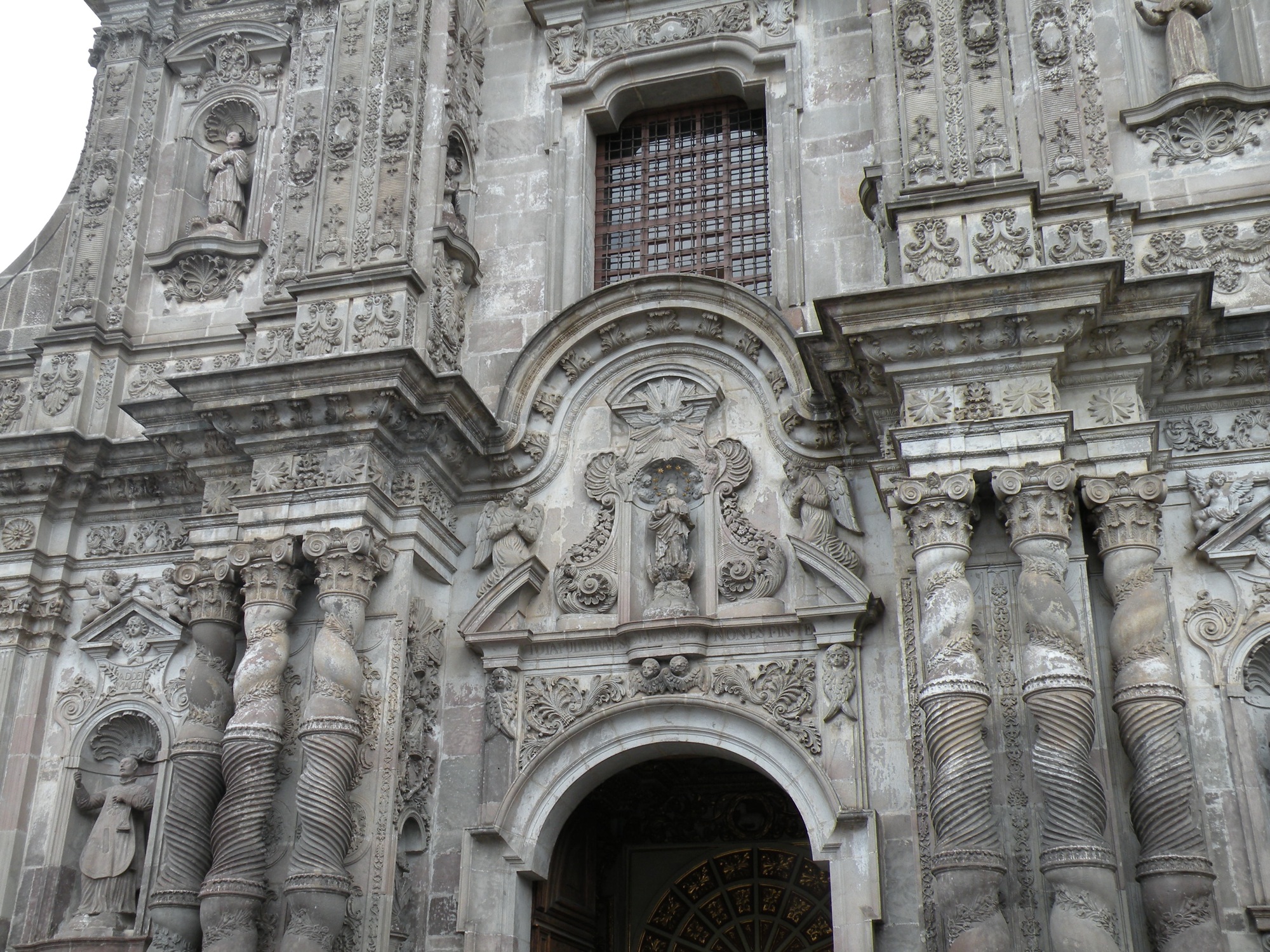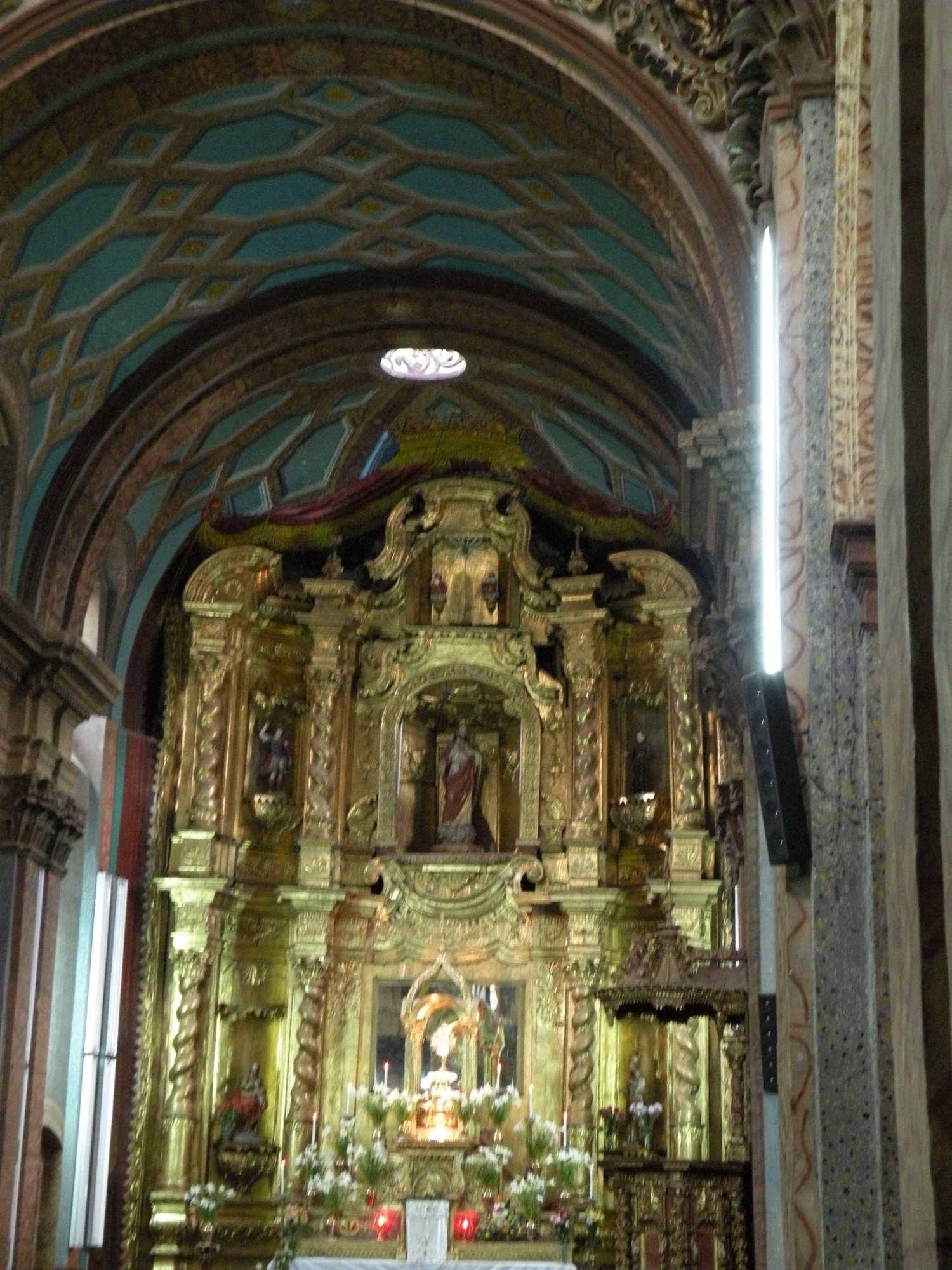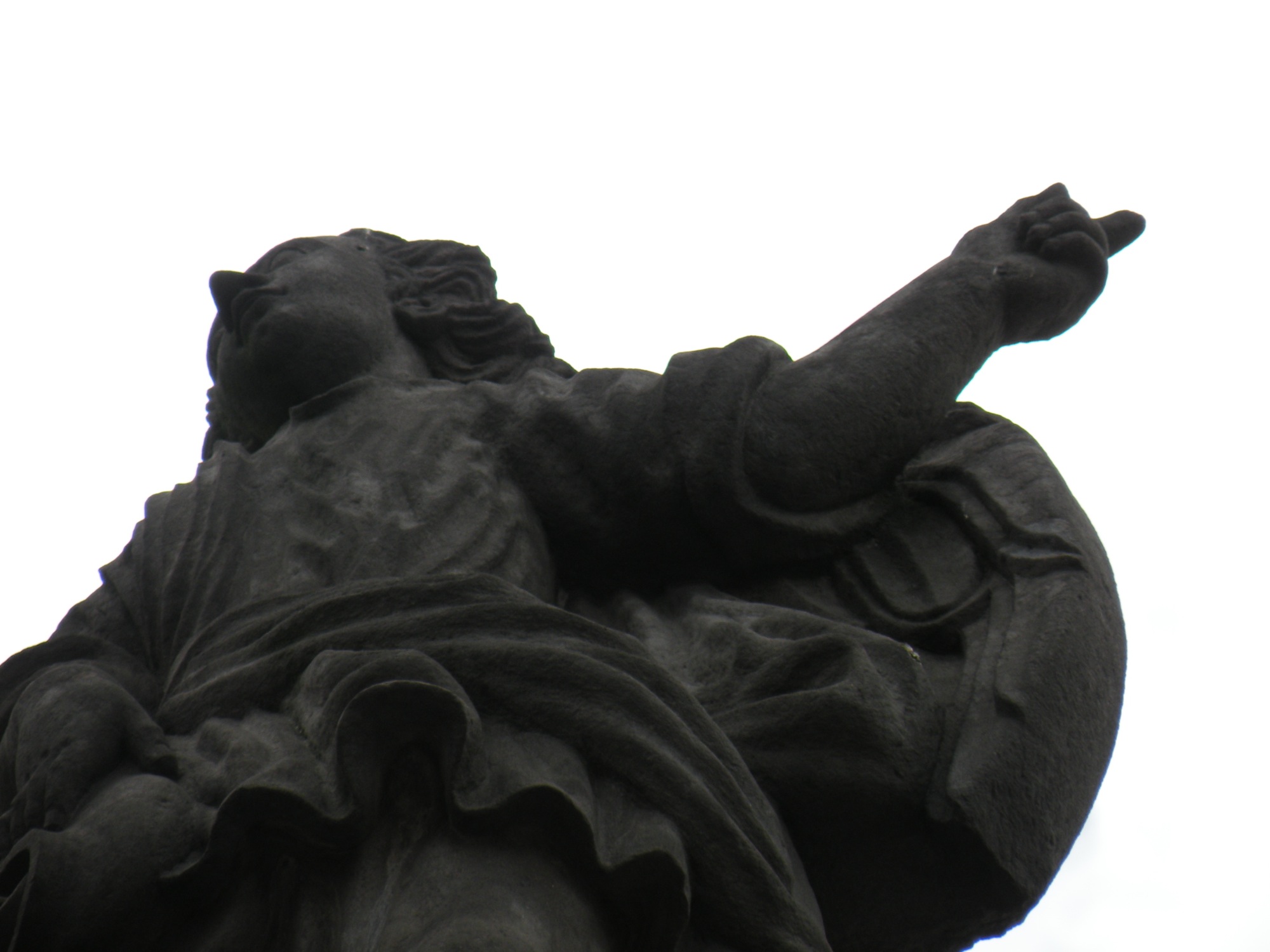Residential Ruins
These buildings were in the residential section of Machu Picchu.
These buildings were in the residential section of Machu Picchu.




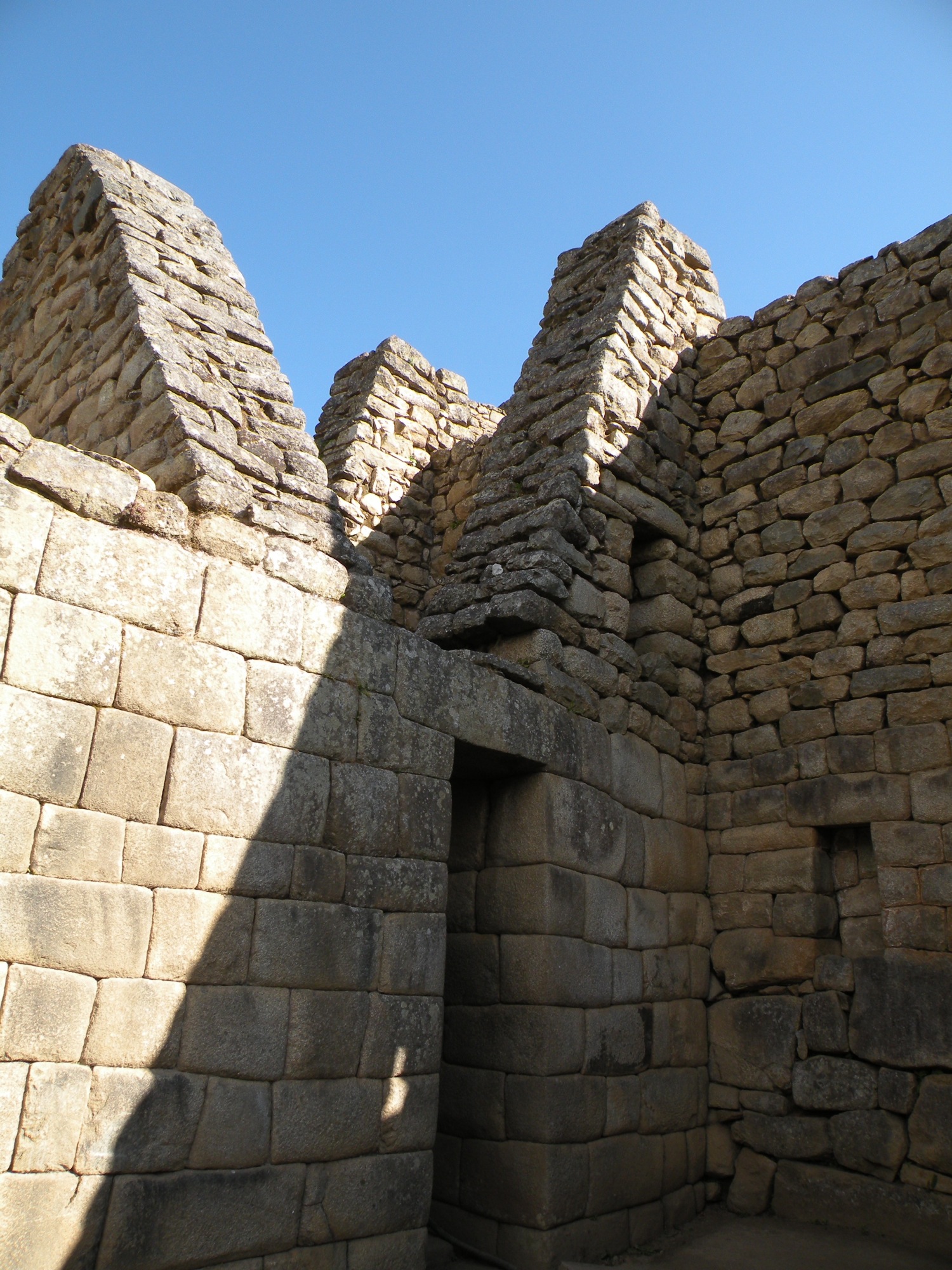
The large wooden posts sticking out of the top part of the home were used to attach the thatched roof. Like other Incan structures, no mortar is used between the stones.
How the Incas moved these enormous stones is not really known. They did not have strong animals available to pull carts laden with stones. The current belief is that teams of men pushed large blocks of stone up inclined planes.

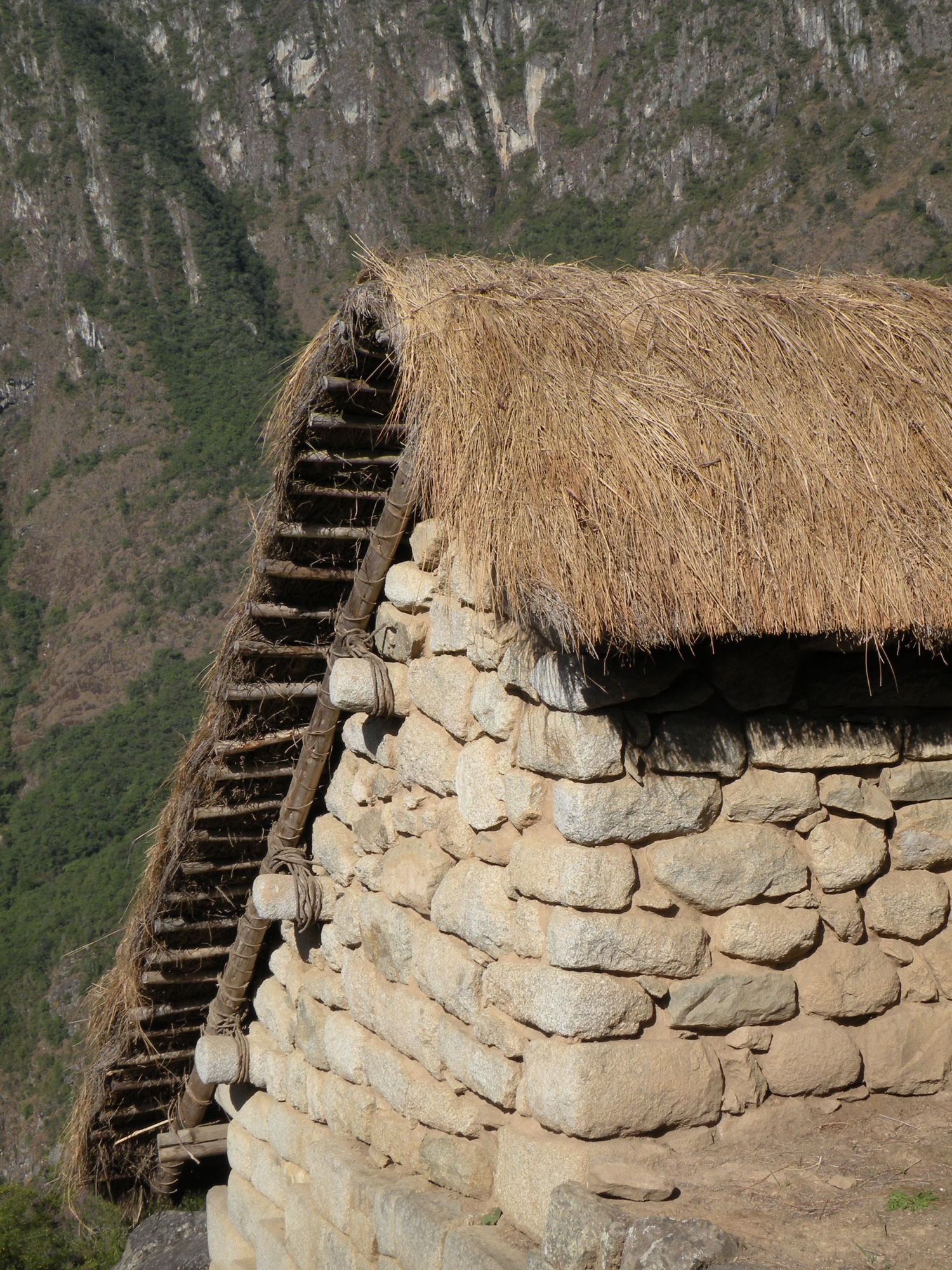

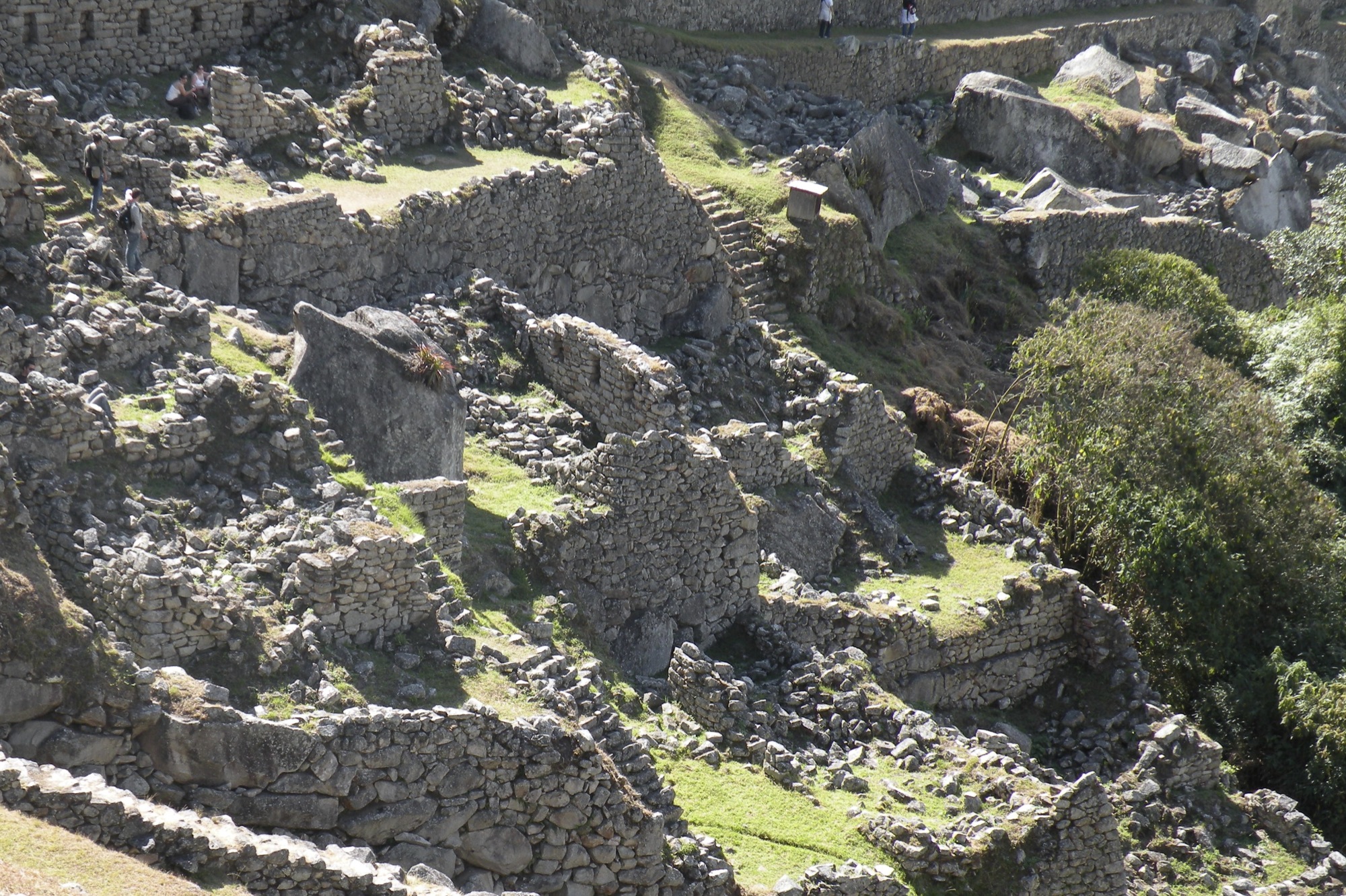
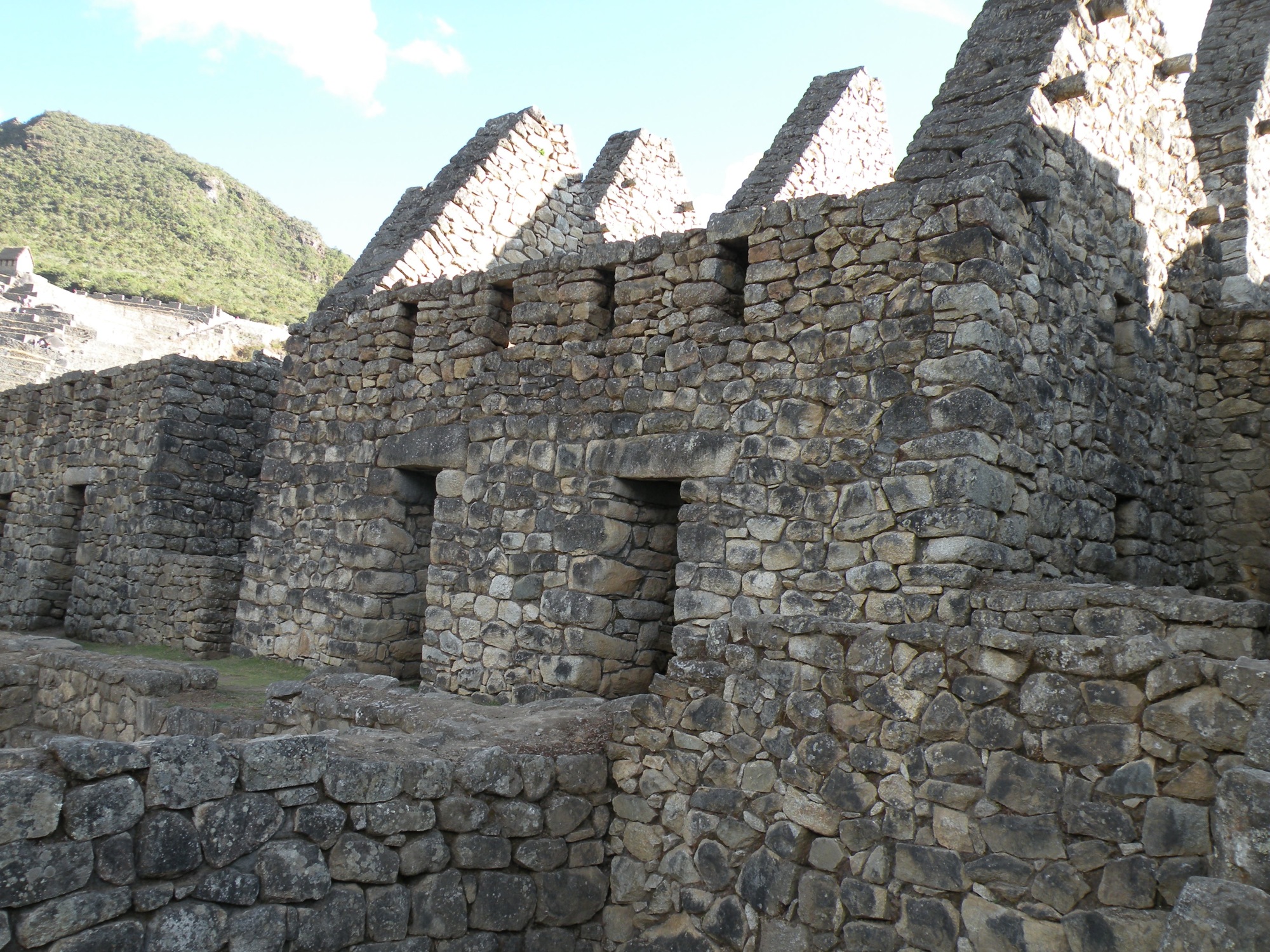
The Incas built an elaborate irrigation system. Much of their plumbing is still operational today.
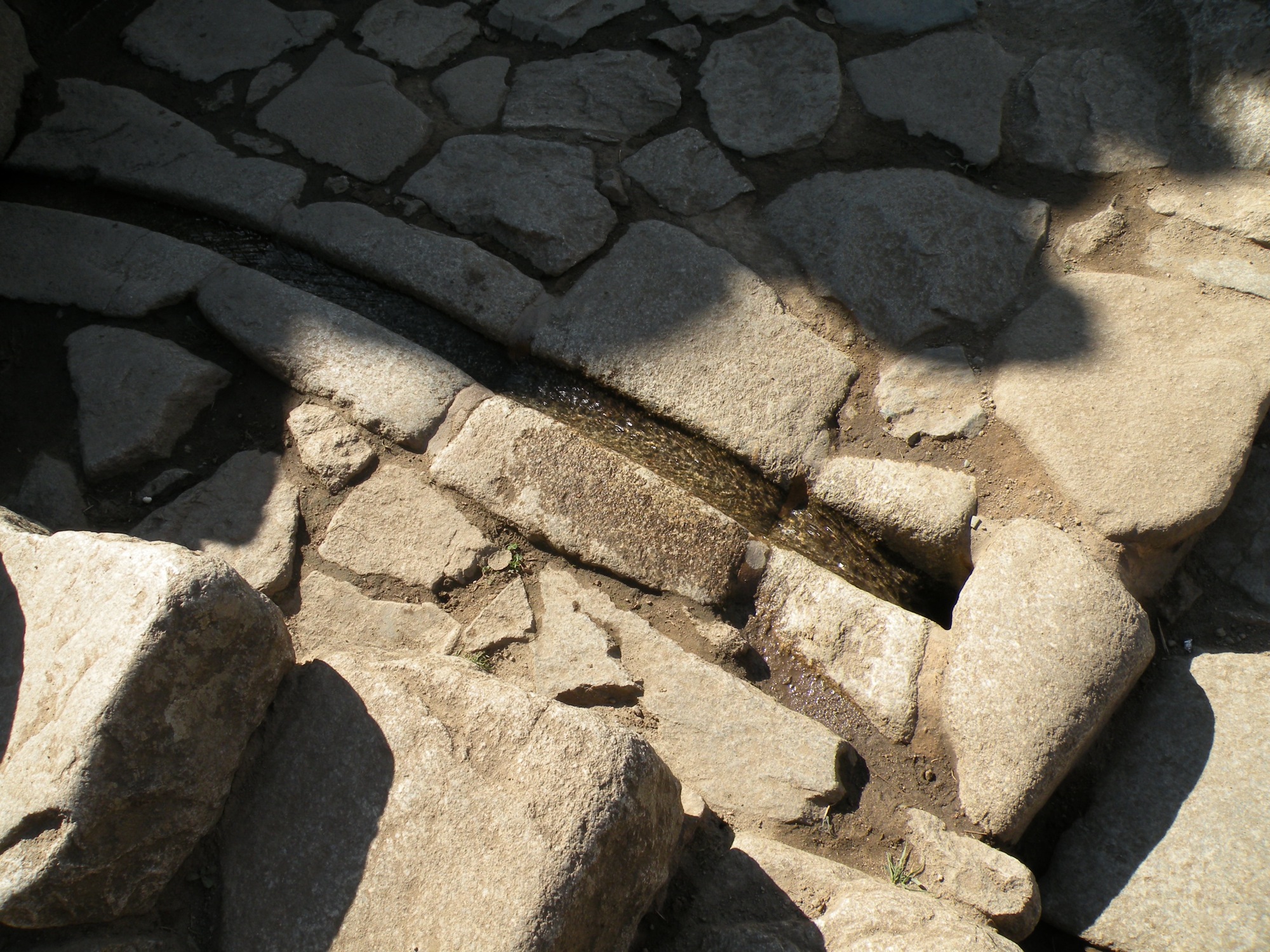
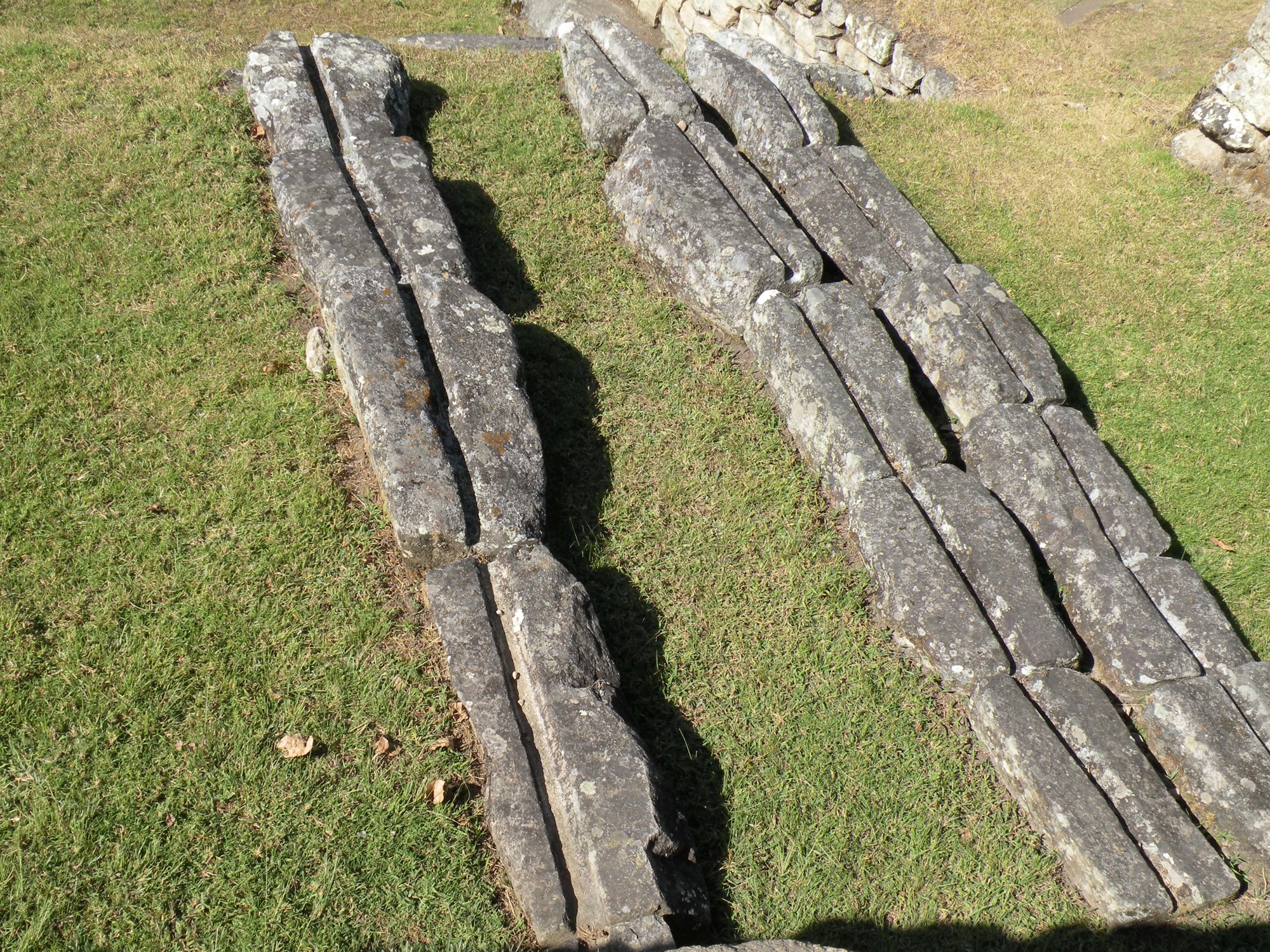


Terraced farming not only helped the Incas use land that would not otherwise have been available, but also it helped prevent erosion of the mountainside. It was a very creative solution to the problem of how to farm when you live high in the mountains.


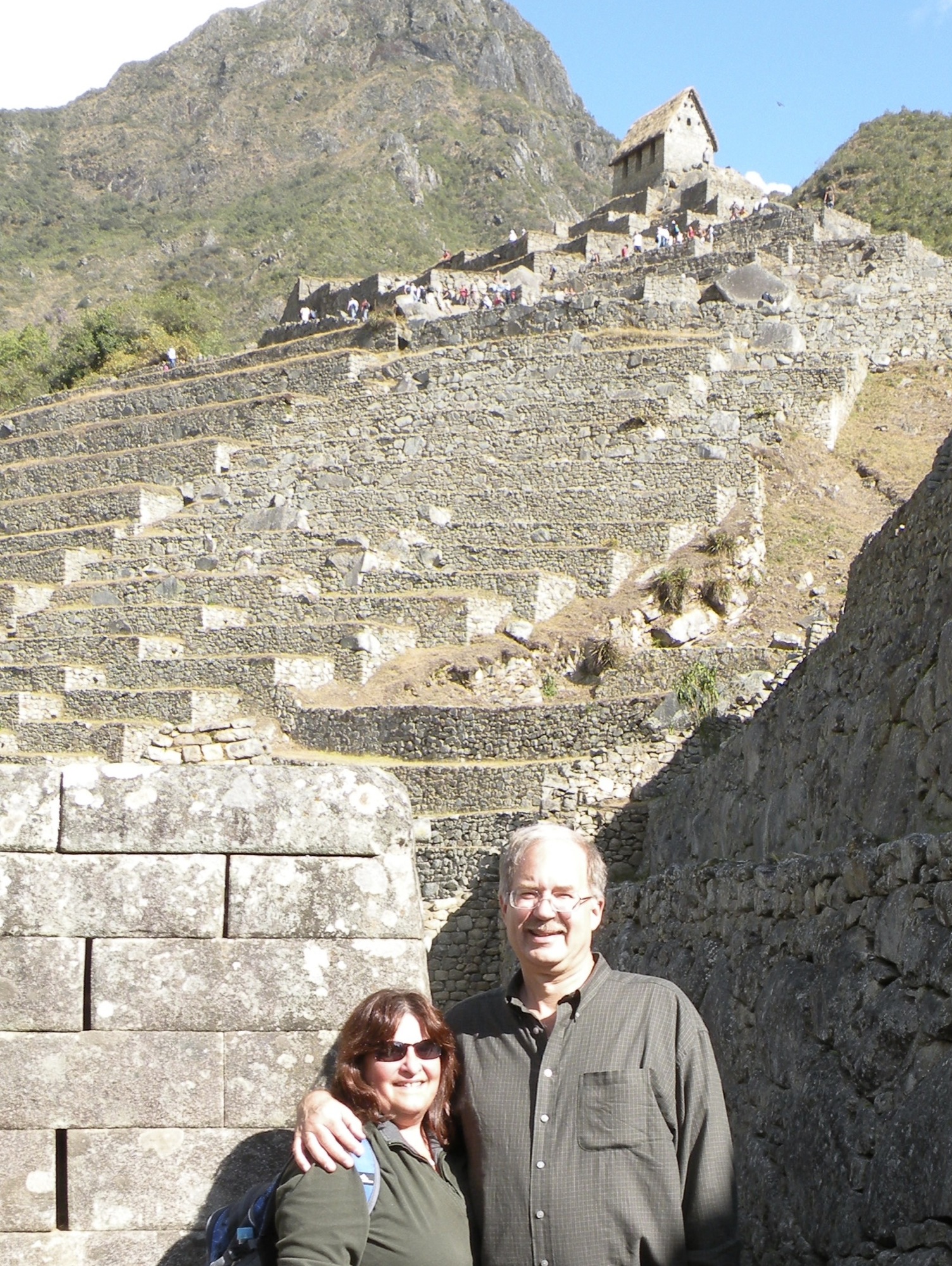


We thoroughly enjoyed exploring as many of the 200 structures at Machu Picchu as time would allow. Steve thought he may have found one home that had indoor plumbing. Robin was enthralled with the wonderful mountain views.
Before we knew it, it was time to get on a bus and take a very treacherous switchback road down the mountain. The road was dirt and deeply rutted. It was barely wide enough for two buses. The drivers going up and the drivers going down were playing some sort of game of chicken as they attempted to go past each other without slowing down. We just closed our eyes and waited. One way or the other, we knew we would reach the bottom of the mountain.



Quito, the capital city of Ecuador, is a large very densely populated mountaintop city. It seems that houses are built in every nook and cranny of the mountainside so that all of the useable space has been utilized. The city, which is at an elevation of just over 9,300 feet, is considered to be the highest capital city in the world.




It was a very touristy thing to do, but we were right at the equator, so we just had to visit the Ciudad Mitad del Mundo. We stood at the equator, we balanced an egg on the head of a nail, we watched water spin down a drain clockwise in the southern hemisphere, and counter-clockwise in the northern hemisphere, and took some fun photos.
We know that the water down the drain thing is a myth and that the line originally drawn for the equator was off by about 200 feet, but it was just a fun way to spend a morning.
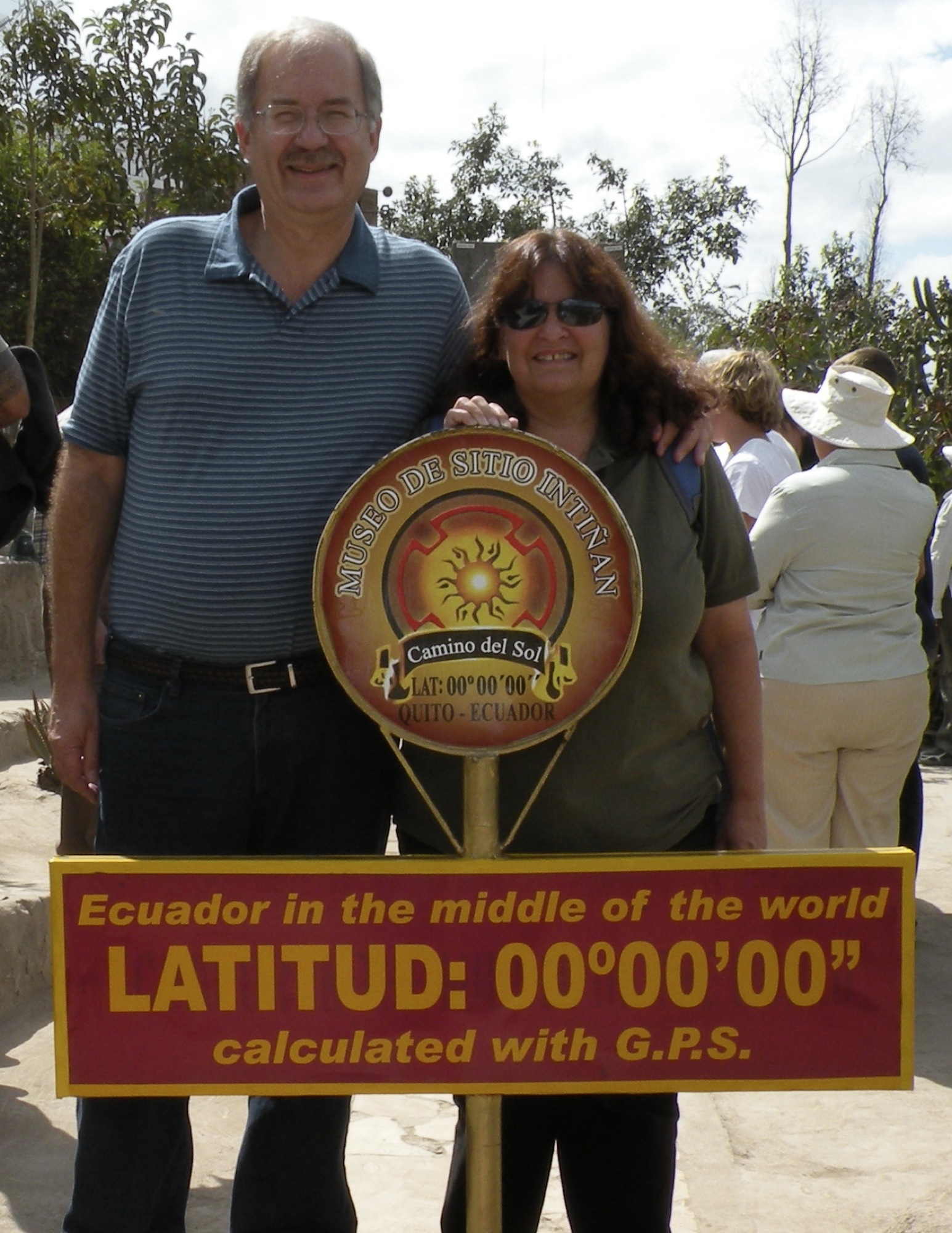
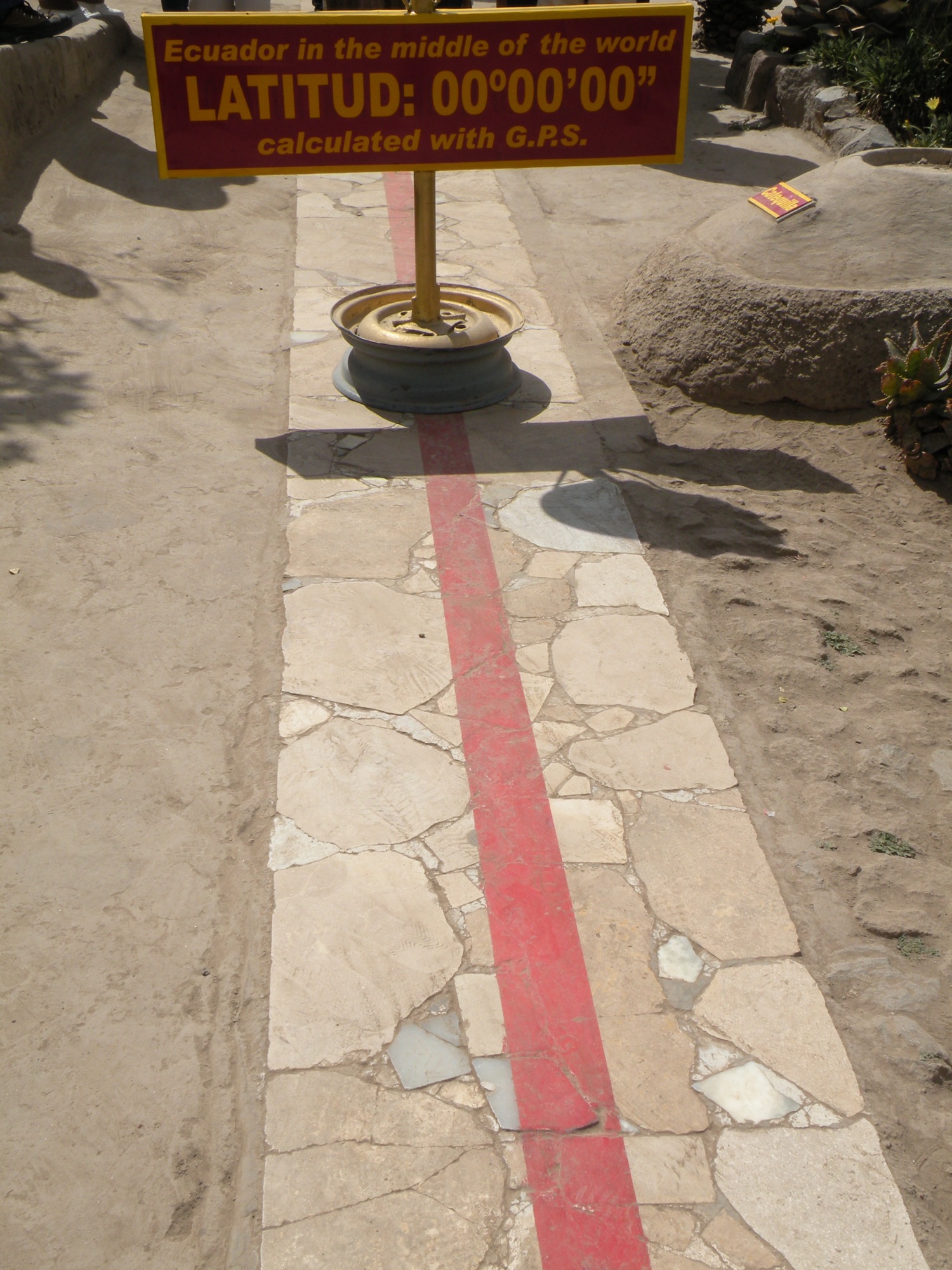
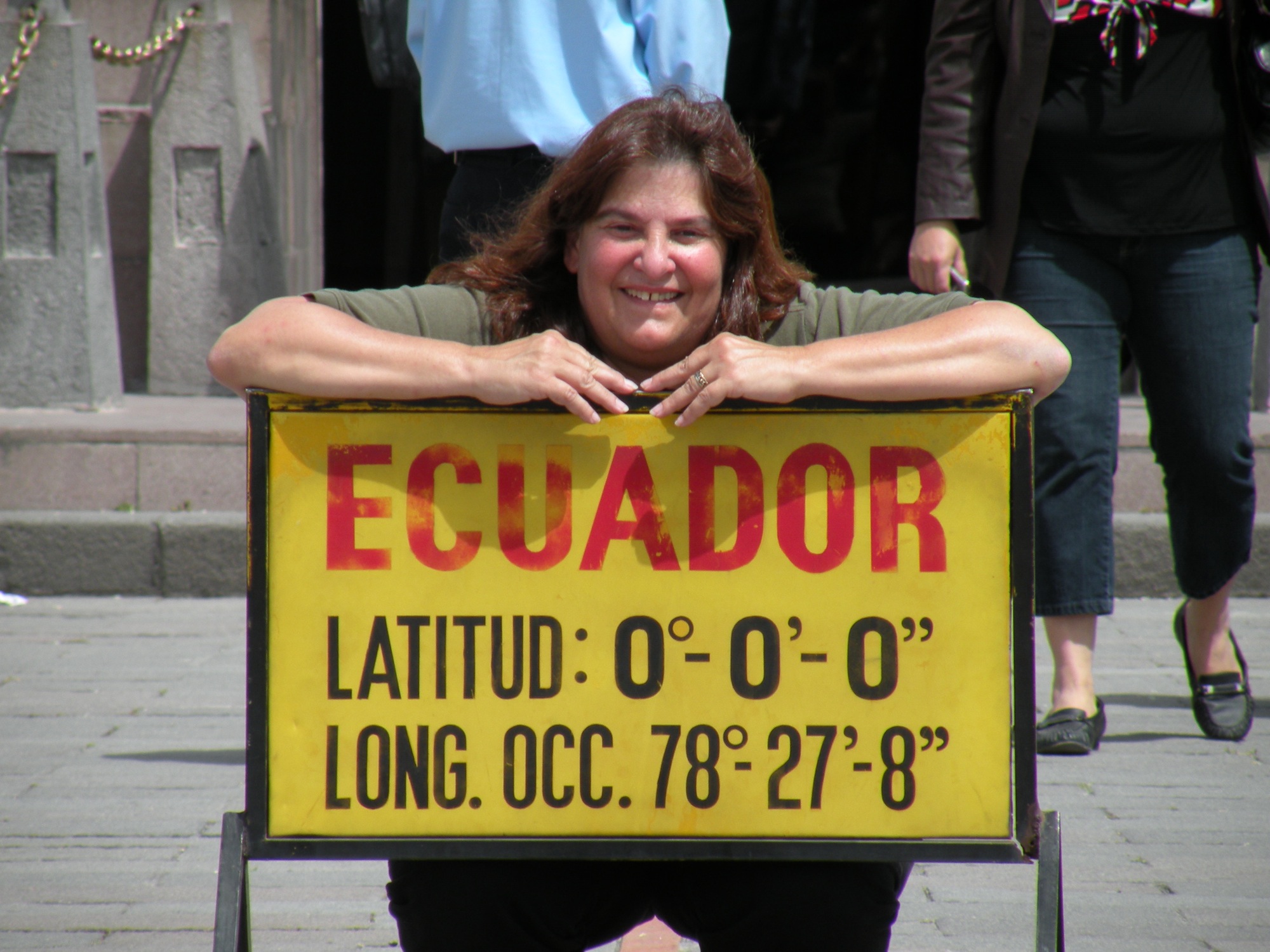
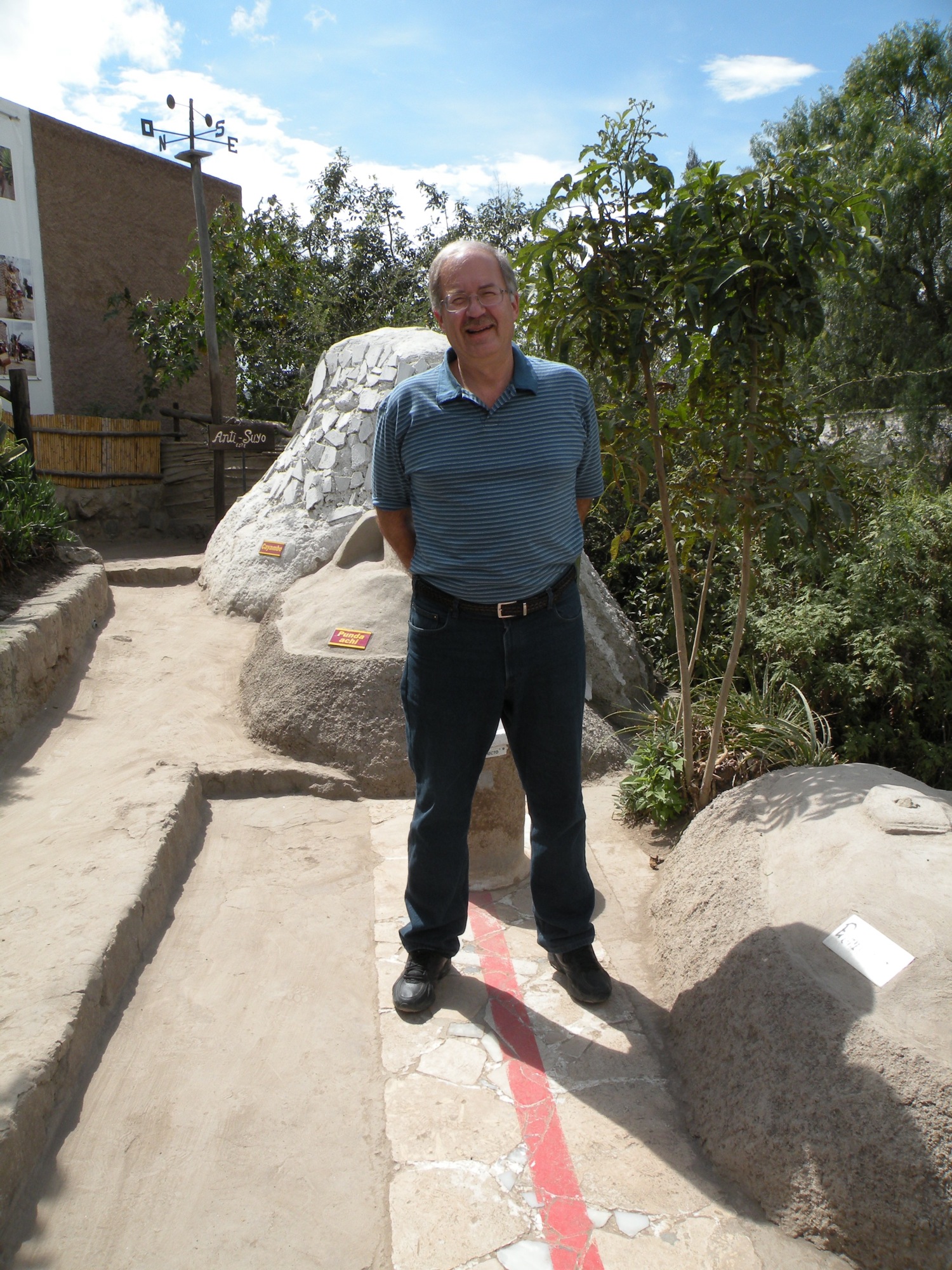


Up close, Quito is a charming city with quaint, narrow streets and colorful buildings.

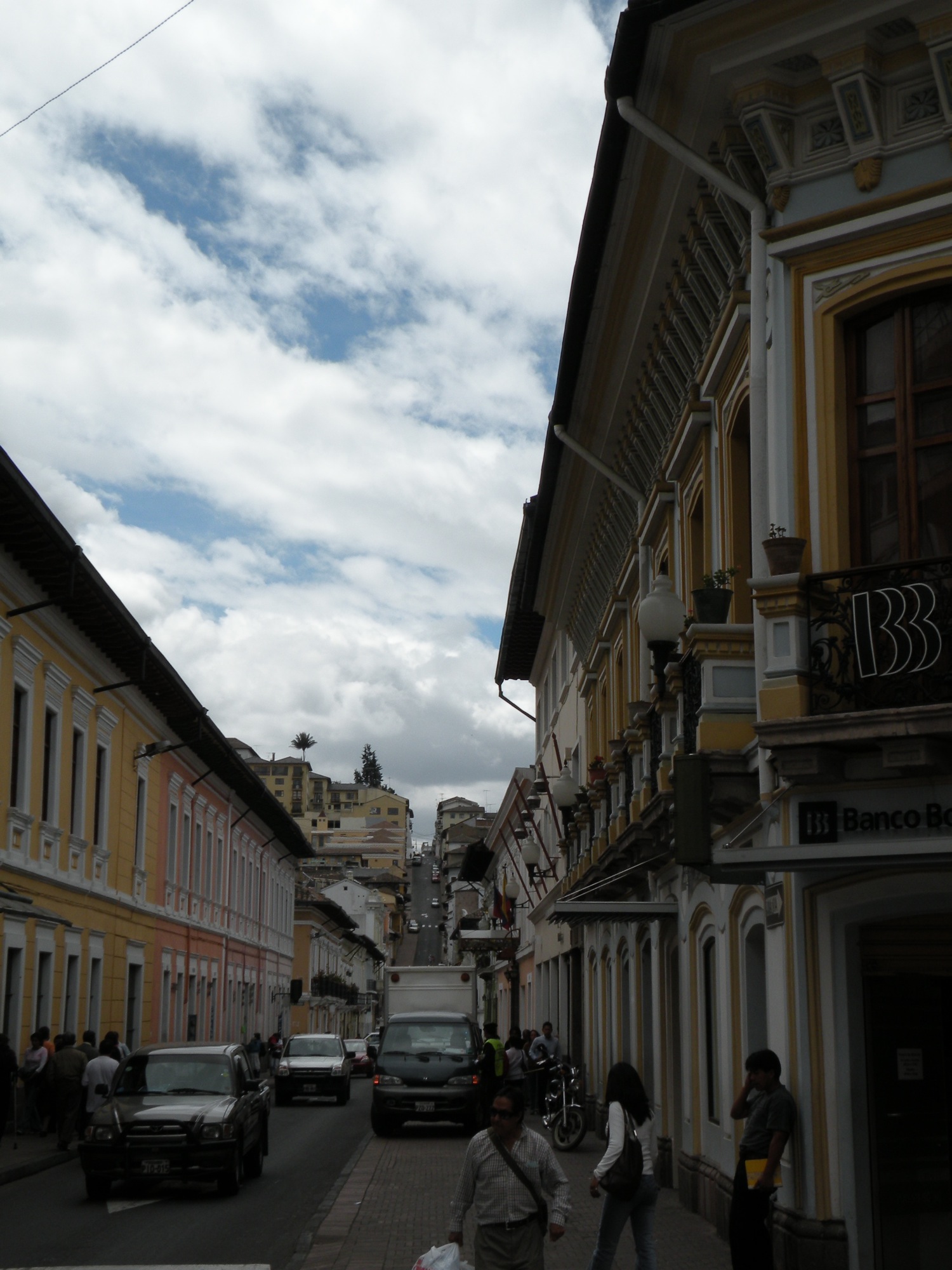



While wandering through Quito, we saw many interesting buildings and monuments. Carondelet Palace is Equador's White House. The Cathedral of Quito, which was built in the 1560s is possibly the oldest cathedral in South America. The Virgin of the Americas statue is a 134 foot statue that is visible from most of the city. The Liberty Statue is a monument to the heroes of independence from Spain in 1809. La Compañía is an ornate Jesuit church, while the Church of San Francisco is a museum and a convent.


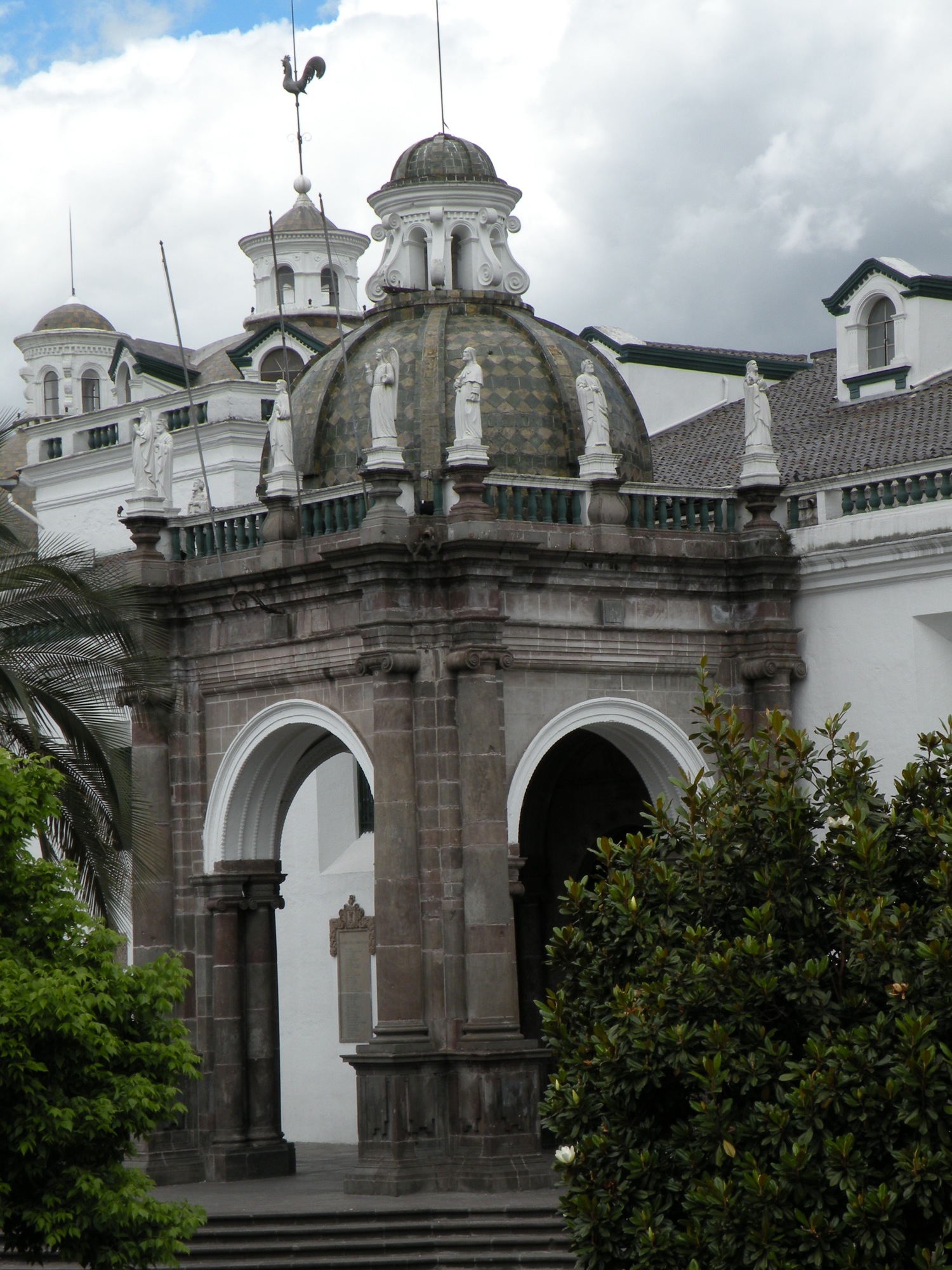


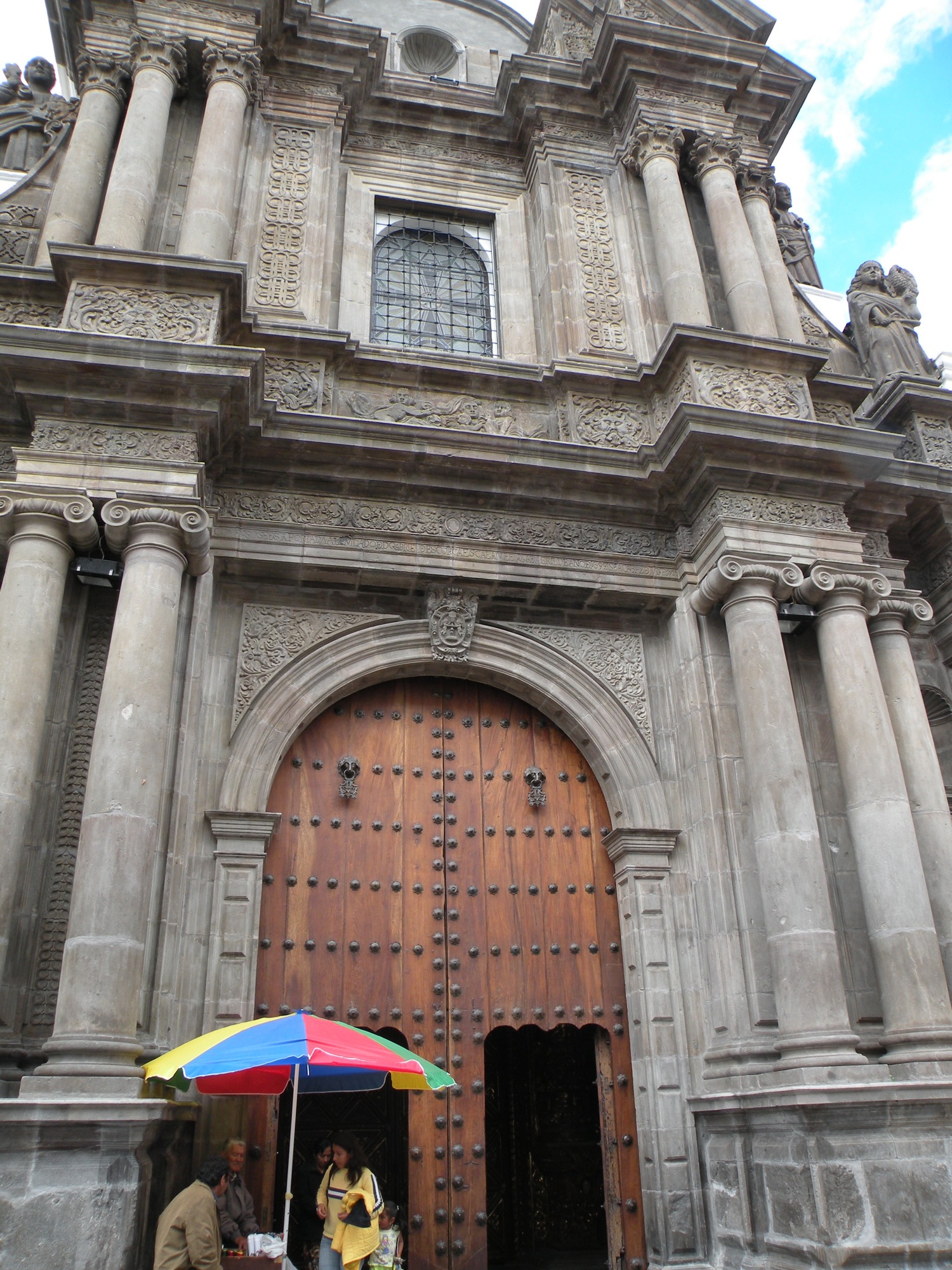
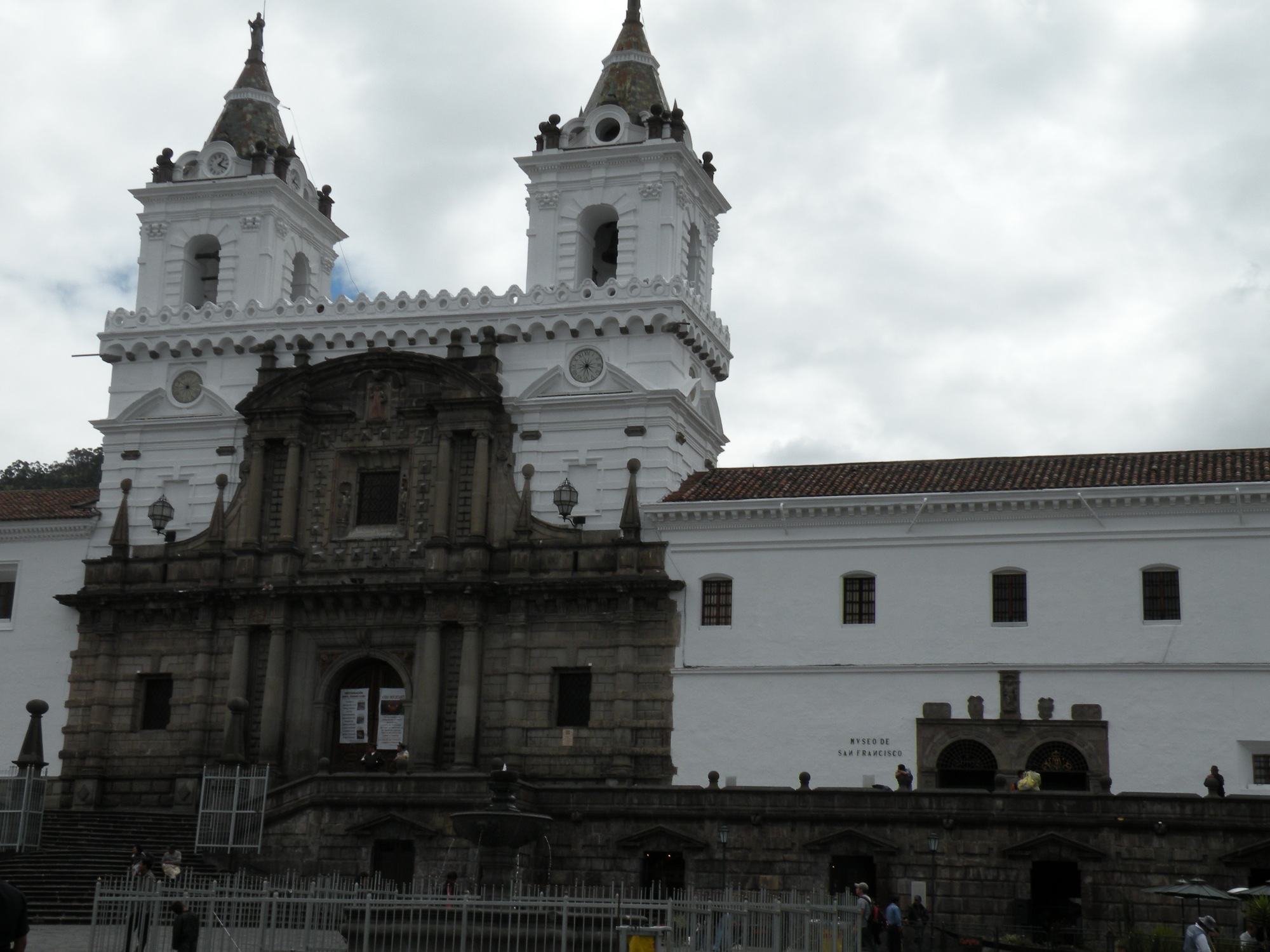
This church is very famous in Quito for many reasons. It is a prime example of Spanish Baroque architecture and it has a very large ornate nave with lots of gold leafing. Construction took about 160 years, starting in 1605.
The church was very ornate and beautiful, but what captured our attention was a story the guide told us about a feud between the church and a homeowner/entrepreneur that lived across the street. Apparently, the homeowner used his residence for unsavory liaisons between gentlemen and working women. This was very offensive to the church who implored the homeowner to stop. He thumbed his nose, so to speak, at the church by installing a well endowed male cherub on the edifice above his door. The church responded by erecting a statue on the roof across the way. The statue is holding up a hand with its middle finger extended. Gotta love the drama.
